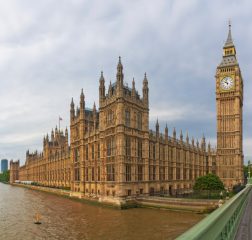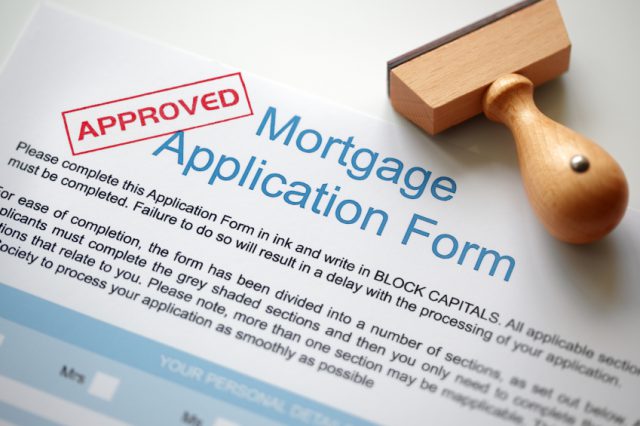Price-gap between London and other cities growing
According to the latest house price index from Hometrack, the gap between house prices in London and other major regional UK cities is at its largest for 20 years.
Increases
Property prices in the capital saw a 4.6% growth in the three months to August and a 10% over the past year. Overall city house prices in Britain rose by 8.3%, up from 6.6% in May. A similar rise has been recorded in sales volumes, which have been translated into higher prices across major UK cities.[1]
The largest rate of growth was in Cambridge at 11.2%, with the lowest being in Aberdeen, where prices have dropped by 2%. In comparison to one year ago, price inflation has risen in five cities, led by Edinburgh with 9%, followed by Glasgow, where growth is running at 5.3%.[1]
‘City level house prices continue to increase as demand for housing grows in the face of constrained supply,’ noted Richard Donnell, director of research at Hometrack. ‘A changing mix of buyers is compounding the scarcity of housing for sale with rising numbers of first time buyers and investors buying property while having nothing to sell. Only a recovery in the number of moves amongst existing home owners or an increase in new supply will ease the current housing scarcity which seems unlikely in the near term,’ he continued.[1]
Over-valued
Mr Donnell went on to say that, ‘the gap between house prices in London and other major regional cities is at its widest level for 20 years. This highlights a seemingly over valued London market, on a price/earnings basis and the prospect of further price growth to come in the large regional UK cities.’[1]
‘London’s price earnings ratio is at an all-time high while there remains value in most other regional cities. The pricing differential to London could well assist city regions attract new investment as the cost of housing starts to influence decision making for both households and businesses,’ Donnell concluded.[1]
[1] http://www.propertywire.com/news/europe/uk-cities-property-prices-2015092511021.html











